Handles Conflict Appropriately
What does “Handles Conflict Appropriately” mean?
This skill is about children’s ability to manage their emotions and behaviors when problems arise with their peers. There are classroom expectations for how to deal with conflicts, such as using kind words and kind hands. When conflicts come up, a child demonstrates the ability to control their emotions and follow the classroom expectations. The child uses appropriate strategies to try and resolve the conflict. The child may also seek the help of an adult if they are unable to resolve the conflict on their own. This is an important skill because it shows that children can control themselves in difficult situations and are learning how to have positive relationships.
What does this skill look like?

At Home
Jayden is reading a book when his sister walks into the room and takes the book away. “I was reading that book! That’s mine!” Jayden says. “I want a turn reading it!” his sister replies. “But I was reading it first! You can read it after I’m done or we can read it together,” Jayden says. “OK.” his sister says. “Let’s read it together.” They sit on the floor and read the book together.

In The Classroom
Blake is in line when Devin cuts in and pushes him out of the way. Blake says, “Hey, you pushed me.” Devin pretends not to hear. Blake says louder, “Devin! That was mean. Why did you push me?” Devin doesn’t answer and shoves Blake again. Instead of pushing Devin back, Blake tells the teacher what happened. The teacher asks Devin and Blake to come sit down with him. Blake and Devin share their feelings and discuss a solution to the problem.
 Children can see the value of “Handles Conflict Appropriately” in the book:
Children can see the value of “Handles Conflict Appropriately” in the book:
Cool Down and Work Through Anger
For more information about this book and other books that highlight this skill, visit our READING LIST page.
TIPS FOR FAMILIES
How can I explain this skill to my child?
Let your child know that conflicts are normal and are going to happen at home and at school. We all get angry and upset with other people every now and then. Resolving conflict is about finding a way to work with others to get over bad feelings and get back to being friends.
Explain to your child that there are lots of ways to handle different conflicts. Some conflicts are small, like someone not sharing a toy, and you can learn to walk away from these problems. Other conflicts are more serious, like hitting or kicking, and you can get help from an adult to solve the problem.
What are some things I can do to help my child learn this skill?

Talk to your child about what feelings look and sound like. Being able to identify feelings helps your child recognize and manage them when they face a conflict. Here are some ideas you can use to start teaching your child about feelings:
| Ways to help your child learn about emotions: | What do I say? |
|---|---|
| When reading stories or watching TV, ask your child to identify how characters feel and why they think the character feels that way. | “How do you think Clifford felt when his friend went home?” “How do you know Clifford is sad?” |
| Use pictures, puppets, or yourself to act out feelings. Then ask your child to name the emotion. | You make a sad face and crying sounds. “How do you think I feel right now?” |
| Ask your child to act out an emotion and give them a mirror so they can see how their face looks to others. Then ask your child to make an “I statement” about their feeling. | “Show me one of your feelings.” “Tell me what your feeling was by saying ‘I feel ______’. ” |

Teach your child to use their W.I.T.S.! Talk to your child about how they can handle conflicts by using their W.I.T.S. Explain what each letter of W.I.T.S. stands for:
- Walk Away: Teach your child to remove themselves from minor conflicts, like a child not sharing a toy. Tell your child to walk away if they feel upset about something small.
- Ignore: If your child can’t walk away from the problem, like another child teasing them on the school bus, they can choose to ignore it. A child may do something simply to provoke a reaction from someone else. Ignoring it will often cause the peer to stop.
- Talk it out: Some conflicts are larger or happen over and over like a child always refusing to share. Tell your child to let the other person know what is bothering them. Conflicts can often be resolved when children talk about their feelings and try to find a way to resolve the problem.
- Seek help: If a conflict gets worse, keeps happening, or your child feels unsafe, tell them to talk to an adult (for example, if one child is hitting another). More difficult problems may require an adult to step in and guide children to a solution.
Walk your child through situations where each strategy could work. For example, you can ask your child which one of their W.I.T.S. they could use if someone bumped into them.
Post a simple chart, like the one below, in your house as a reminder for your child.
USE YOUR W.I.T.S.!
 | WALK AWAYTake a deep breath and walk away. |
 | IGNOREIf you can’t walk away, tune it out. |
 | TALK IT OUTIf it keeps happening, it’s time to talk. |
 | SEEK HELPIf it gets worse, find an adult to help. |
This strategy was adapted from: Dailey, A. L., Frey, A. J., & Walker, H. M. (2015). Relational aggression in school settings: definition, development, strategies, and implications. Children & Schools, 37(2), 79-88. To learn more about W.I.T.S., go to: https://witsprogram.ca/

Walk your child through these four steps to resolve conflict. When your child seeks your help in resolving a conflict, it can be useful to have a process for working through the problem. Guide your child through the four steps below when conflicts come up.
| Steps to help your child learn how to resolve conflict: | What do I say? |
|---|---|
| 1. Calm down: To work through a conflict, your child needs to be calm. Recognize your child’s feelings first, so they know they are being seen and heard. Then ask them to breathe deeply to help them calm down. Show them how to take deep breaths in through the nose and out through the mouth. They can pretend that there is a balloon inside their belly that they are slowly filling and emptying. Have them hold their hands in front of their bellies to show the size of the balloon as they breathe in and out. | “I see that you are very upset. Take some deep breaths in through your nose and out through your mouth. Pretend you are filling up a balloon very slowly. Now push the air out of the balloon. Keep going until you start to feel a little better.” |
| 2. Describe the problem: Ask your child what happened to get their point of view. They can draw a picture of the problem if they can’t say it in words. Ask your child questions about their feelings and the feelings of others involved in the problem to help them recognize these emotions. | “Tell me what happened.” “You seem like you’re too upset to talk. Can you draw a picture of what happened?” “How did you feel when that happened?” “How do you think your friend felt?” |
| 3. Brainstorm: Ask your child to think through a few possible solutions to the problem and then ask them what would happen next. | “Let’s think of ways to solve this.” “What do you think would happen if you tried that first solution?” [Repeat with other solutions] |
| 4. Agree and try: Your child needs to feel that the solution to the conflict is fair. They also need to understand that the others involved should agree the solution is fair. Once everyone agrees, the children can put the idea into action. | “We have a few different ideas. What do you think would be fair for everyone?” “Would your friend agree?” “Once everyone agrees that the solution is fair, go try it out.” |
How can I encourage my child when I see them trying to learn this skill?
Acknowledge your child for their efforts! For example, say, “Blake, you did a great job talking through that problem with your friend,” or “Jayden, aren’t you proud of yourself for walking away when you got mad instead of hitting someone?” It is especially important for children who have difficulty dealing with conflict to be acknowledged for their efforts to control their emotions and work through problems. Even small improvements should be praised. For example, if your child consistently hits others when they get angry, and you see them working hard not to hit someone, praise their efforts to control themselves even if the conflict was not resolved. Click here for more ideas on how to encourage your child.
To download a printable PDF of the tips for this skill, click here.
TIPS FOR TEACHERS
How can I explain this skill to children?
Let children know that conflicts are normal and are going to happen in the classroom and at home. All friends get angry or upset with each other every now and then, even best friends. Resolving conflict is about finding a way to work with others to get over bad feelings and get back to learning and playing together.
Explain to children that there are lots of ways to handle different conflicts. Some conflicts are small, like someone bumping into you, and you can learn to ignore these problems. Other conflicts are more serious, like someone hitting or kicking you, and you might need help from an adult to solve the problem.
What are some examples of best practices from educational experts and fellow teachers?

Teach children what feelings look and sound like. Being able to identify emotions helps children recognize and manage their feelings when they face conflict. Here are some ways you can help children learn about feelings:
| Ways to help children learn about emotions: | Example: |
|---|---|
| Use pictures, puppets, or yourself to act out feelings for children. Then ask children to name the emotion. | Adult makes a sad face and crying sounds. “How do you think I feel right now?” |
| Ask children to act out an emotion themselves. You can give them a mirror so they can see how their face looks to others. Then ask them to make an “I” statement about what their feeling is. | “Now you try! Show me one of your feelings.” “Tell me what your feeling was by saying, ‘I feel ______.’ ” |
| When reading stories, ask children to identify how characters feel and why they think the character feels that way. | “How do you think Clifford felt when his friend went home?” “How do you know Clifford is sad?” |

Teach children to use their W.I.T.S.! Talk to children about how they can handle different conflicts by using their W.I.T.S. Explain what each letter of W.I.T.S. stands for:
- Walk Away: Teach children to remove themselves from minor conflicts (for example, a child not sharing). Tell children to take a deep breath and walk away if they feel upset about something small.
- Ignore: If children can’t walk away from the problem, like another child teasing them on the school bus, they can choose to ignore it. Often, a child may do something simply to provoke a reaction from someone else. Ignoring it will often cause the peer to stop.
- Talk it out: Some conflicts are larger or happen over and over, like a child consistently refusing to share. Tell children to let the other person know what is bothering them. Conflicts can often be resolved when children talk about their feelings and try to find a way to resolve the problem.
- Seek help: If a conflict gets worse, keeps happening, or children feel unsafe, tell them to talk to an adult (e.g., if one child is hitting another). More difficult problems may require an adult to step in and guide children to a solution.
Walk children through situations each strategy could work. For example, you can ask children which one of their W.I.T.S. they could use if someone bumped into them.
Post a simple chart, like the one below, in your classroom as a reminder.
 | WALK AWAYTake a deep breath and walk away. |
 | IGNOREIf you can’t walk away, tune it out. |
 | TALK IT OUTIf it keeps happening, it’s time to talk. |
 | SEEK HELPIf it gets worse, find an adult to help. |
This strategy was adapted from: Dailey, A. L., Frey, A. J., & Walker, H. M. (2015). Relational aggression in school settings: definition, development, strategies, and implications. Children & Schools, 37(2), 79-88. To learn more about W.I.T.S., go to: https://witsprogram.ca/

Walk children through these four steps to resolve conflict. When children seek your help in resolving a conflict, it can be useful to have a process for working through the problem. Guide children through the four steps below when conflicts come up.
| Steps to help children learn how to resolve conflict: | What do I say? |
|---|---|
| 1. Calm down: To work through a conflict, children need to be calm. Recognize children’s emotions first, so they feel they are being seen and heard. Then ask them to breathe deeply to help them calm down. Show them how to take deep breaths in through the nose and out through the mouth. They can pretend there is a balloon inside their belly that they are slowly filling and emptying. Have them hold their hands in front of their bellies to mimic the size of the balloon as they breathe in and out. | “I see that you are very upset. Take some deep breaths in through your nose and out through your mouth. Pretend you are filling up a balloon very slowly. Now push the air out of the balloon. Keep going until you start to feel a little better.” |
| 2. Describe the problem: Ask about how the conflict occurred to get each child’s perspective. You can ask them to draw a picture of the problem if they can’t verbalize what happened. Ask each child questions about their feelings and the feelings of others involved in the problem to help them recognize these emotions. | “Tell me what happened.” “You seem like you’re too upset to talk. Can you draw a picture of what happened?” “How did you feel when that happened?” “How do you think your friend felt?” |
| 3. Brainstorm: Ask children to think through a few possible solutions to the problem and then ask them what would happen next. | “Let’s think of ways to solve this.” “What do you think would happen if you tried that first solution?” [Repeat with other solutions] |
| 4. Agree and try: All children that have experienced the conflict need to feel that the solution is fair. They also need to understand that the others involved should agree the solution is fair. Once everyone agrees, the children can put the solution into action. | “We have a few different solutions. Which solution would be fair for everyone?” “Now that you all agree that the solution is fair, go try it out.” |
How can I encourage my child when I see them trying to learn this skill?
Acknowledge children for their efforts! For example, say, “Blake, you did a great job talking through that problem with your friend,” or “Jayden, aren’t you proud of yourself for walking away when you got mad instead of hitting someone?” It is especially important for children who have difficulty dealing with conflict to be acknowledged for their efforts to control their emotions and work through problems. Even small improvements should be praised. For example, if a child consistently hits their peers when they get angry, and you see them working hard not to hit someone, praise their efforts to control themselves even if the conflict was not resolved. Click here for more ideas on how to encourage children.
To download a printable PDF of the tips for this skill, click here.

Start your morning with Conquering Kindergarten!
Hey teachers, want to incorporate Conquering Kindergarten into your community meeting each morning? Go to the district’s Community Meeting App to find ready-to-use slides highlighting this skill. Filter content in the app by Conquering Kindergarten or by a specific skill to get access to interactive and engaging slides tailored to the community meeting format.
To learn more about the tips and where they came from, please visit our references page.

 Children can see the value of “Handles Conflict Appropriately” in the book:
Children can see the value of “Handles Conflict Appropriately” in the book: